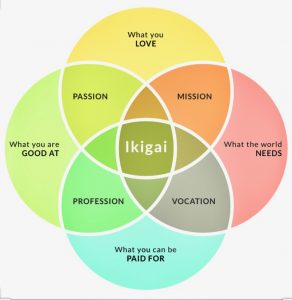
If you’re familiar with Simon Sinek’s work and have spent any time on this website, you’ll know I’m a big fan. He believes that an organization’s purpose, its “Why” is the starting point. Every business plan, every job, every person, every single product, every value, behavior and idea ladders up to Why.
Personal meaning is the way we connect to a wider team purpose. Good leaders understand this and work hard to create a sense of connection, collaboration and collective communion. Inspired leaders and organizations and teams find their deepest purpose – their Why – and attract followers through shared values, vision and beliefs. It begins from the inside out. That is the premise behind Sinek’s runaway best-seller “Start With Why.”
But what if you don’t know your “Why.” What if your Why is followed not by a simple explanation, but rather a question mark? That is, your “Why” is not yet a fully expressed statement of purpose but instead something to be figured out.
Glad you asked. Are you familiar with Ikigai?
Ikigai is a Japanese concept composed from two kanji characters – iki – meaning life and gai meaning value or worth. So, it’s a kind of “reason for being” or “life’s happiness” or the translation I like best: “the thing that you live for.” In the culture of Okinawa, where ikigai has its origins, ikigai is considered to be ‘a reason to get up in the morning.’ The island is said to be home to the largest population of centenarians in the world, and many believe that is not a coincidence. Somewhere I read that one can think of ikigai as the current in a river … something that moves one towards the future, but also a pathway in which one values the present. Sounds like a great place to consider one’s Why, doesn’t it?
A Western take on ikigai is to apply it to the workplace, a practice I often employ as a workshop with my clients’ leadership teams. The model I use is a Venn diagram, consisting of four overlapping circles: What You Love; What You Are Good At; What the World Needs; and What Can You Be Paid For – with ikigai at the intersection.
In a recent client engagement, by adopting ikigai thinking, we were able to help the leadership team unlock an entirely new direction for the company. As if by magic, the company has embraced an all-in purpose that is anchored in what the leaders love to do most; they’re really, really good at it; they can be paid top dollar for it – and, the world needs it. Result!
Start with ikigai.
